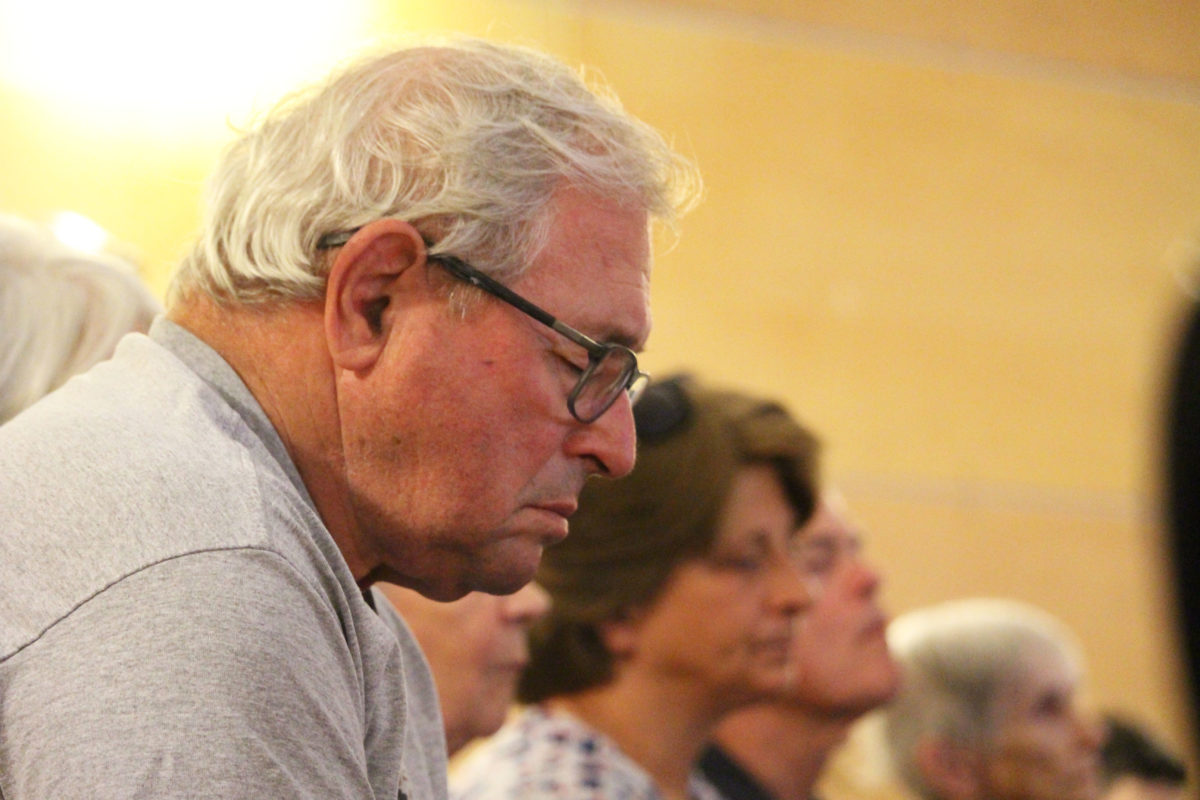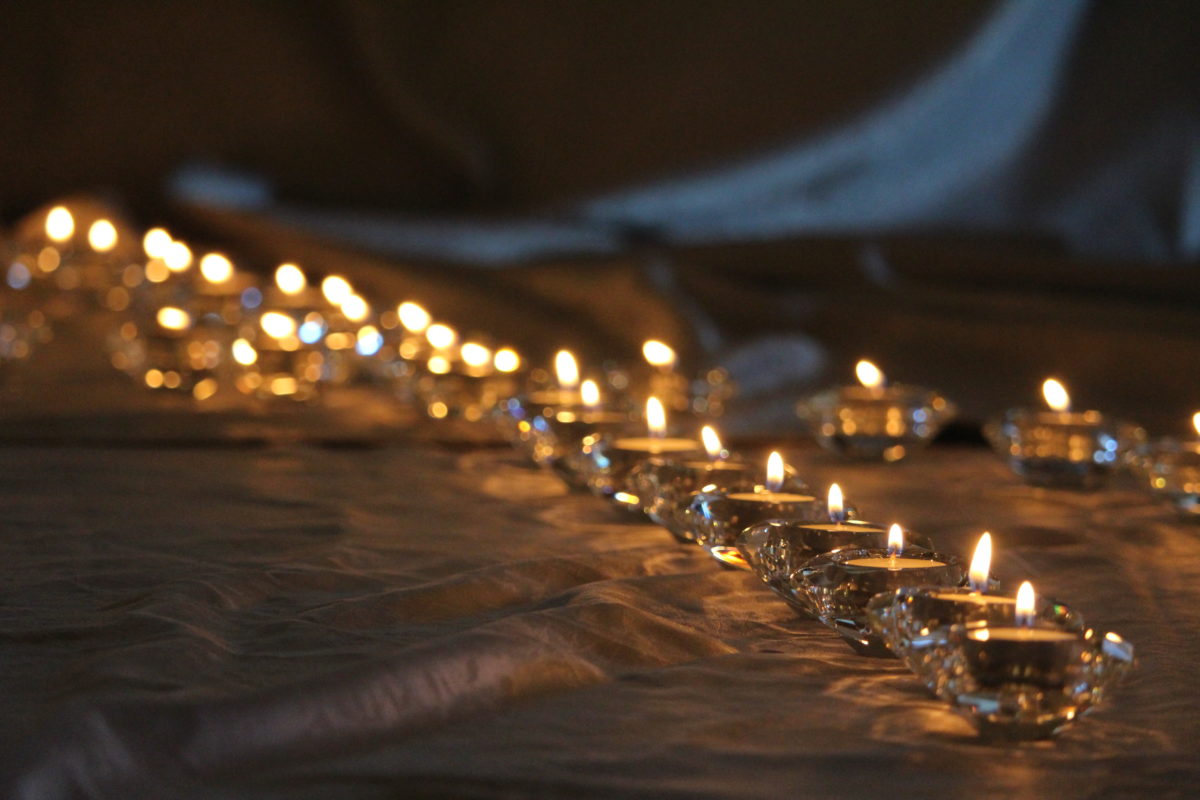At a time when the news media is under attack, The Aquinian’s Caitlin Dutt discusses what it’s really like to be in a newsroom when an event like the Fredericton shooting occurs.
While brushing my teeth the morning of Aug. 10, I heard sirens.
At the time, it barely registered.
And shortly after I read a headline on my phone. It was a few sentences, summarizing all that journalists knew at that point. Shots had been fired at Brookside Drive, on the north side of Fredericton. Police were dispatched to the scene. And there were fatalities.
I picked up my camera, slung my backpack over my shoulder and headed out the door, like any other day.
But when I walked in the newsroom as a summer intern at the local paper, I realized it wasn’t going to be a normal day.
I overheard a phone conversation between a colleague and his wife. He was talking with her before he drove to Brookside Drive apartment complex, where four people had just been killed and the suspect hadn’t been taken into custody yet.
“I have to go,” he said. “I love you. I’ll be safe.”

***
On Aug. 10, two police officers, Const. Lawrence Robert Burns and Const. Sara Mae Helen Burns, and two civilians, Donald Adam Robichaud and Bobbie Lee Wright, were killed when a gunman opened fire on Brookside Drive.
Throughout the rest of the day and week, I was sent out again, again and again to report. I watched people place bouquets in front of the police station.
As I talked to people there, I realized a lot of people had a connection to the victims.
“He drove me home from a bachelorette party.”
“We worked together.”
“I saw her walk her dog in the morning.”
I went to a press conference, where police officers betrayed little emotion but couldn’t mask teary eyes. Reporters crowded around asking questions.
Everyone was desperate for answers.
While people mourned at a vigil that evening, I took photos. I went up to a woman I had photographed and asked for her name so we could identify her in the paper. It was a standard procedure that had become painfully difficult that day. She gave me her name and spelled it out while wiping tears from her face. I walked away, shaken from being so close to her raw pain.
At a moment of such fragility, I was part of the media throng that surrounded them with chunky video cameras, trying to glimpse the grief of a community through my lens.
I was a part of everything but at the same time separate.
***

When tragedy strikes, journalists order pizza.
But nobody enjoys it on those days. There’s no time to discuss feelings or reflect.
Especially when you’re an intern.
Especially, in a time when some people in authority call journalists “the enemy of the people.”
But on Aug. 10 I realized we aren’t the “enemy of the people;” We are simply people.
My newsroom felt the hurt, the grief during the week and even the month that followed. We felt it with the city.
We talked to the grieving families. We talked to those trying to help. We talked to anybody who had something to say.
One reporter in the newsroom was a friend of Const. Lawrence Robert Costello. He found out about his friend’s death while reporting on the scene.
He dealt with his grief the only way he knew how — he wrote about it, expressing his heartache in a commentary.
The newsroom kept on turning. It had to. We had to. News keeps coming at you. New day, new assignment. We live for the moments that bring meaning, but we struggle to find time for our ourselves.

A poem by Alden Nowlan did justice to my bottled-up feelings. It’s called “The Night News Editor’s Poem,” and it’s about working on the Telegraph-Journal desk with all its busy banality as newswire bulletins of the shooting of Martin Luther King came in.
It reads:
It’s not until later,
hours later,
eating ham and eggs
at an all-night diner,
shrugging my shoulders
to work some of the ache
out of them,
that I pick up the paper
again and understand
that Martin Luther King
is dead, and that I care.
Even though you can’t see the faces behind the ink, we are always present in the moments that matter. Always questioning, always listening. It’s all we can do when tragedy hits—be there for the people and the public, and care deeply.

